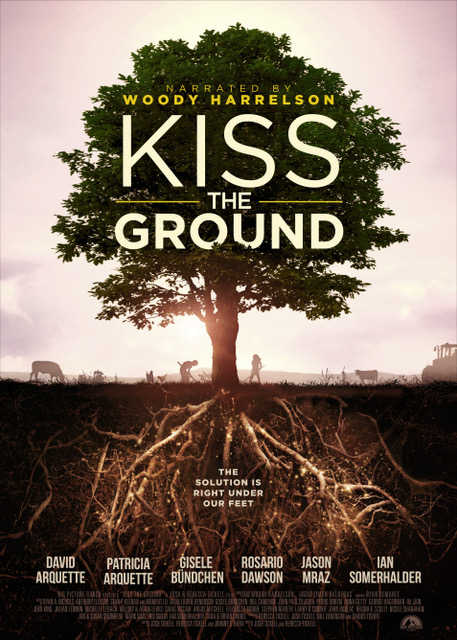
Kiss the Ground
Students will view the 2020 documentary Kiss the Ground to consider the concept of regenerative agriculture as a tool to improve soil health and overall environmental sustainability.

Students will view the 2020 documentary Kiss the Ground to consider the concept of regenerative agriculture as a tool to improve soil health and overall environmental sustainability.
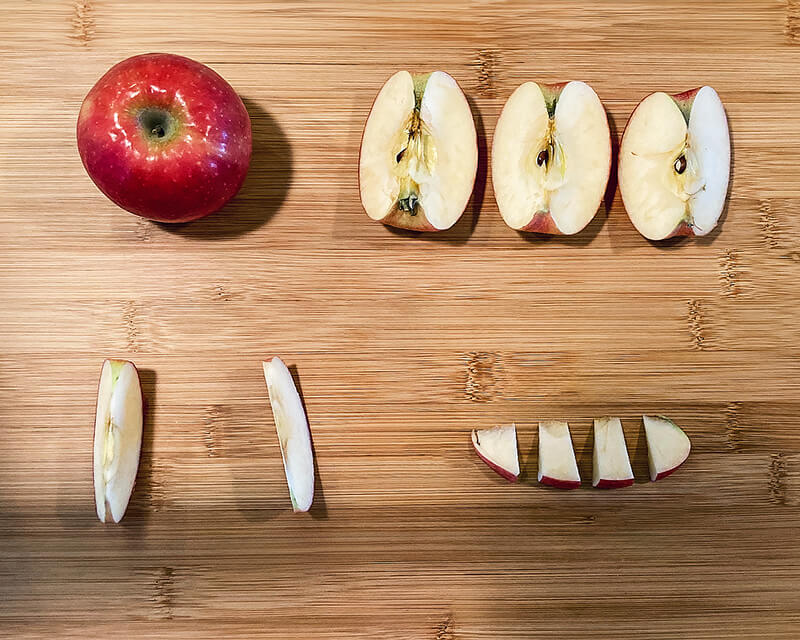
Students use an apple to represent the Earth and discover how our land resources are used. Through critical thinking, students discover why topsoil is a nonrenewable resource, the importance of soil to our food supply, and factors that impact topsoil distribution in different regions.
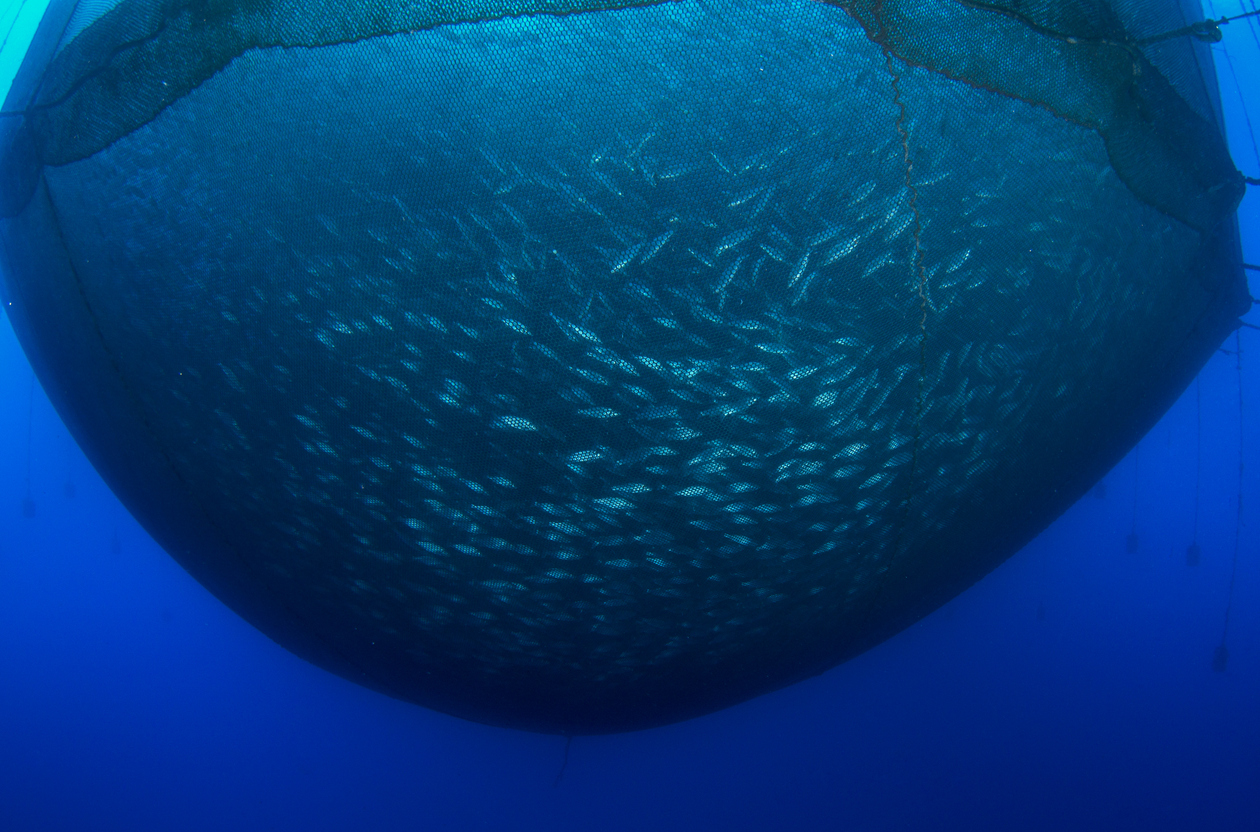
Students discover the sources of various fish and seafood, compare wild-caught and farm-raised aquaculture systems, and use a simulation to learn how overfishing can damage the ocean ecosystem.
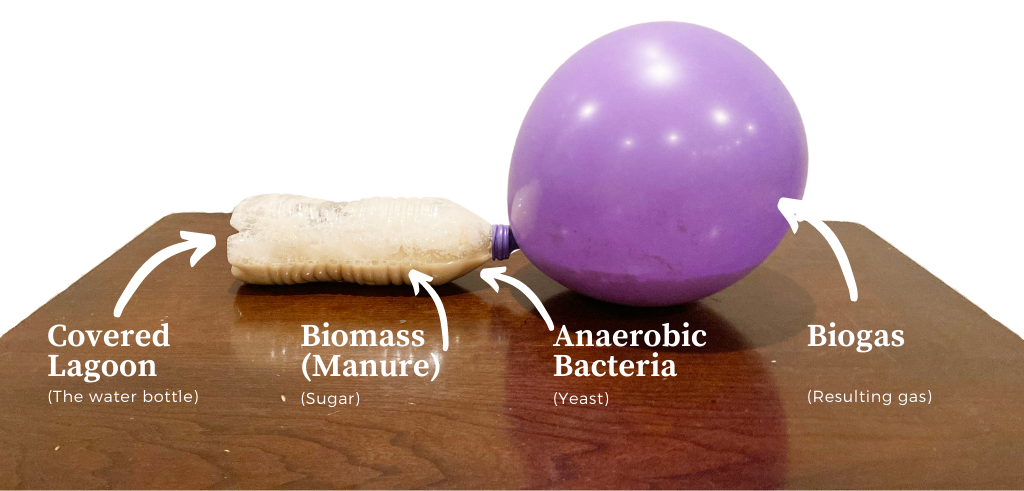
After exploring the science of energy and energy conversion, students will evaluate some environmental impacts of hog farming and explore technologies that minimize negative human impact by creating biogas energy from animal waste.

Explore the use of natural resources and how humans impact the environment. Discover the difference between renewable and nonrenewable resources and identify careers related to natural resource management by playing a futuristic simulation game in which teams have to collect limited resources from "Planet Zorcon."
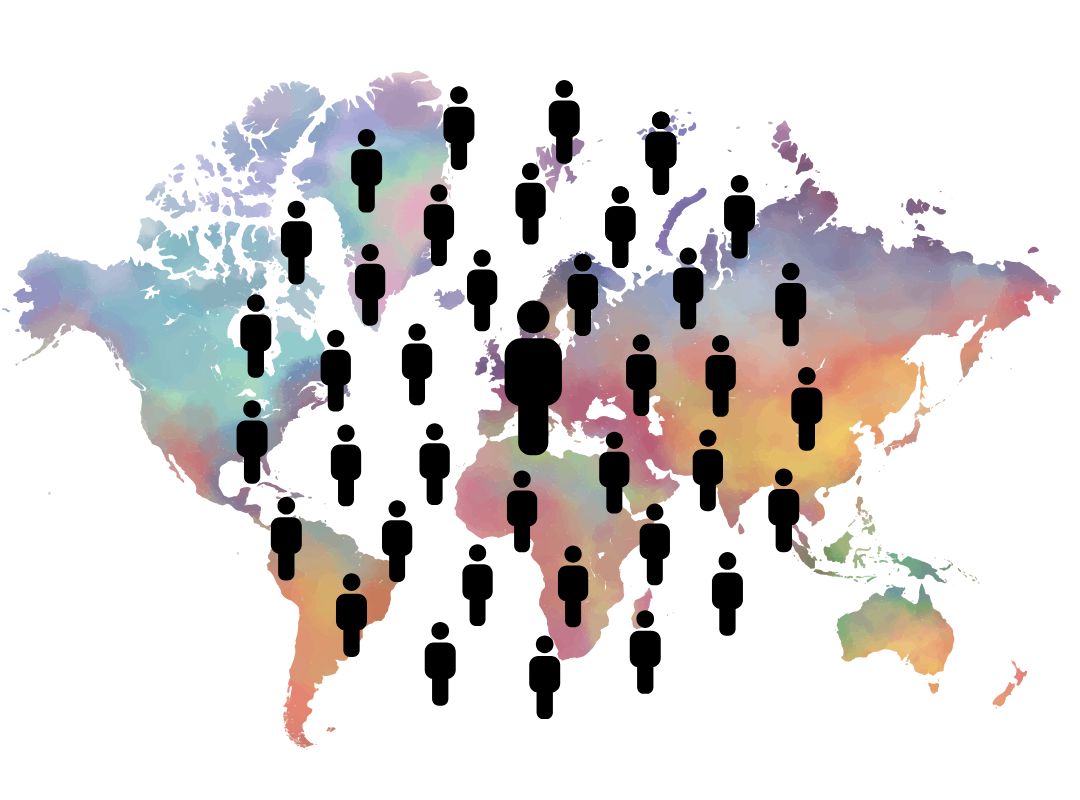
Students evaluate the growth of human populations across time, analyze graphic data to make predictions about future population growth, research country statistics to evaluate demographic transition, and participate in a simulation of a village reliant on subsistence farming. Students begin to develop a sense for the Earth's carrying capacity and how humans have impacted it.
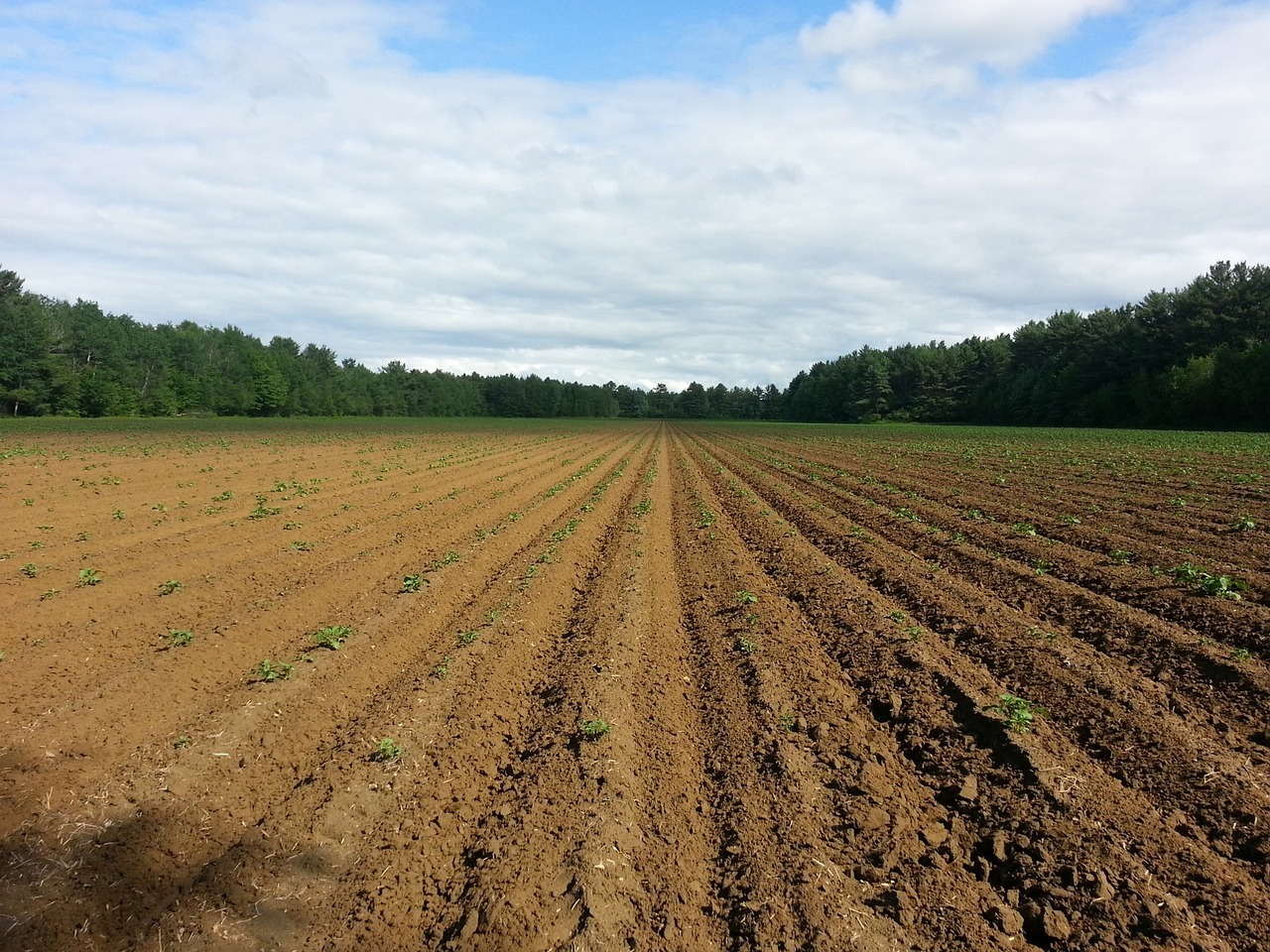
Students are introduced to the Dust Bowl and determine how to avoid another event like it in the future as they study soil texture, particle sizes, soil nutrients, and pH.

Students observe soil ecosystems to investigate how human impact affects the biodiversity of soils using the Simpson's Index of Diversity. Then, students conduct an investigation using field corn to determine how the introduction of nitrogen fertilizers impact soil microorganisms and biodiversity.
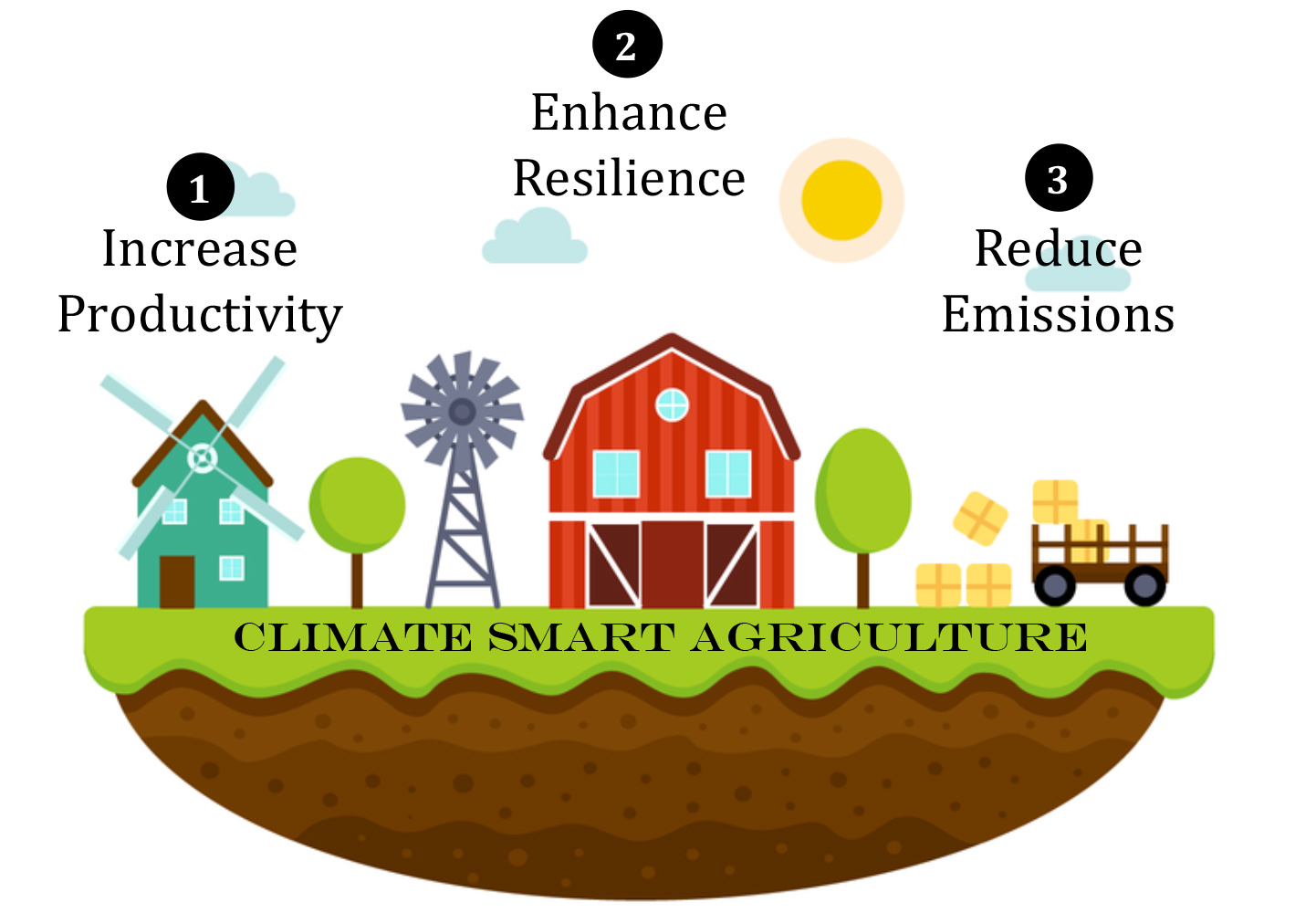
Students explore the carbon cycle, evaluate natural and human-induced activities that drive the carbon cycle, and discover climate smart agricultural practices that can be used to produce our food.
Explore modern livestock farming practices and the ecological footprint of meat, milk, and egg production. Evaluate the contributions of the livestock industry and weigh the challenges related to environmental and economic sustainability of animal-source foods in comparison to plant-source foods.
Students will explore the origins of food, describe how food waste affects natural resources and the environment, and identify potential solutions to mitigate food waste’s carbon footprint.

Explore concepts of sustainability by evaluating the water footprint (WF) of food. Students are introduced to irrigation practices throughout the world, consumptive and non-consumptive water use, and investigate the water requirements for various food crops.